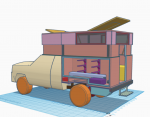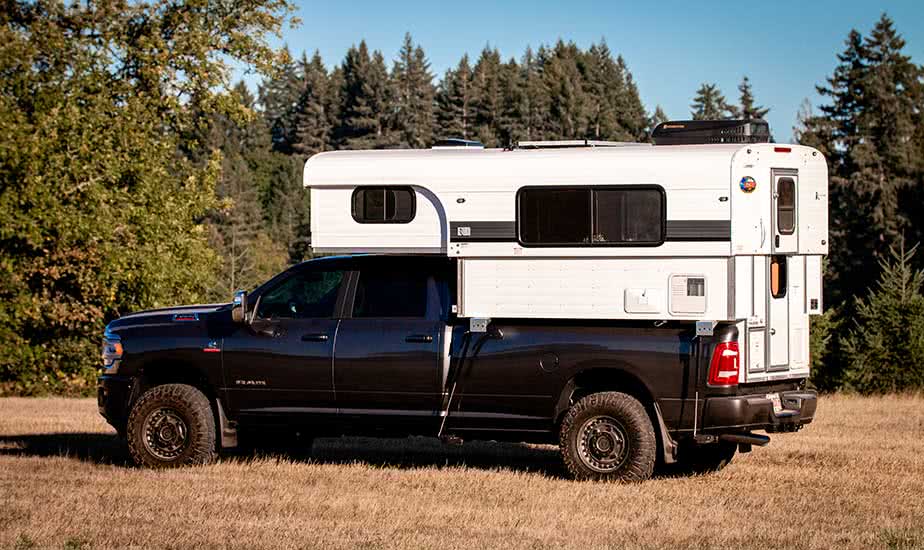Awaiting your design (or ideas) on your lifting system.
The idea is to use a box-on-box design. The roof will be attached to about 17" of wall all the way around, making an upside down "box". This "box" will fit over an inner section of wall that will also be about 17" tall. The outer and inner walls will be attached with vertically mounted drawer slides to allow the roof box to move up and down vertically with minimal side to side movement. The upper edge of the inner wall and lower edge of the outer wall will also be fitted with interlocking pieces of aluminum flat bar and foam rubber seals to make a watertight closure when open or closed. Or at least that's the idea.
I pulled a few images from my drawings to try and explain better.

__________________________

This is with the roof down in drive mode. this is with the roof up. the gray rectangles are the drawer slides.

this is with the roof box pulled off in an attempt to better illustrate what I'm liking about. (it won't actually come off like this)
you can see the gray drawer slides a bit easier and the orange poles sticking up at angles are gas springs like the ones used to hold open the rear hatch on a camper shell or an SUV.
I will probably have to try out some different force gas springs to get things figured out, but the idea is to get enough force from the gas springs so that I can easily push the roof up with one hand and lock it in place.
It's not the most elegant system, but I think it will be a lot simpler and easier to maintain than a cable winch, hydraulic, or pneumatic system. And will hopefully be fast to set up or pack down and will still be functional (with a bit of extra effort) even if the gas springs do fail.
At this point in the build I can still easily change this part of the plan, so let me know what you think.







